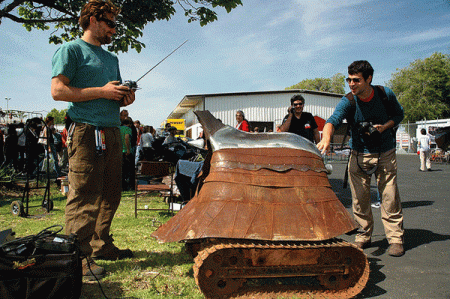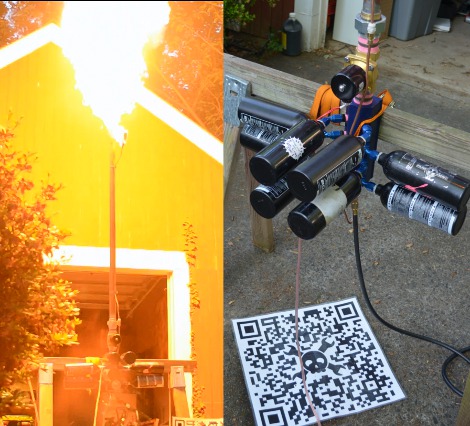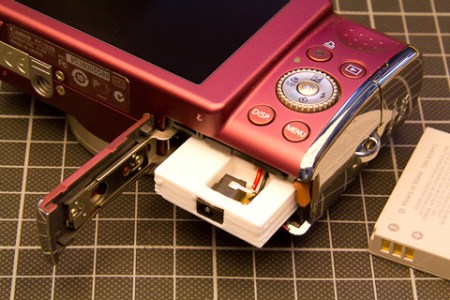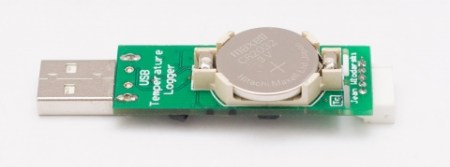
When it comes to the subject of hacking, we all have different ideas of what is the coolest. Some prefer bits and solder, some prefer hammers and fire. [Justin Gray] has built a name for himself doing a broad mixture of the two. Mainly known for his fire sculpture bots, [justin] also has a fab shop where he builds electric motorcycles.
Justin’s advice for aspiring hackers:
9. What advice do you have for young makers who are inspired by your work?
I think that people who are inspired my work should decide to build and be committed to build and stop listening to the people who insist on going the normal route in life. For kids, keep playing, keep imagining, keep painting and making art.
Join us after the break to see a little bit of robot demolition fun.















